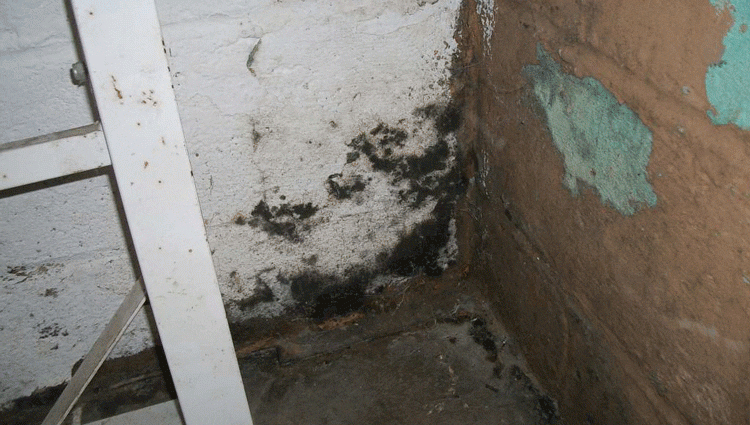Contents
How to dry a cellar from dampness and fungus after flooding
The moisture in the cellar harms the products that are sent there for storage. It also gives rise to a harmful fungus. How to dry the cellar if it is wet or if it is flooded?
How to dry a cellar from dampness and fungus
Before you start drying the cellar and fighting mold, the room must be prepared. To do this, take out all food and pallets, remove removable wooden shelves and racks.
Household appliances are sometimes used for drying. But it must be done wisely. For example, can a cellar be dried with a heater? In principle, this can be done. To do this, place the heater in the center of the room. If the floor is earthen, a solid support should be placed under the heater. However, this method is bad for two reasons:
- dry the cellar with a heater for a very long time;
- this is quite expensive as the heaters consume a lot of electricity.
Better to use a homemade brazier. To make it, place an old metal bucket in the center of the cellar and make a large fire in it. Keep the heat on until the room is completely dry. The advantage of the method is that the smoke from the fire will destroy the fungus.
To prevent the fungus from appearing in the future, treat the walls. To do this, dissolve copper sulfate in water at the rate of 100 g of substance per bucket of water.
How to dry a cellar after flooding
After flooding, you need to start drying immediately, as mold will begin to form quickly. Remove the water first using buckets or a submersible pump. Do not forget to immediately open the cellar lid to create air ventilation.
Attention! When drying a flooded cellar, be sure to use rubber boots and gloves to avoid electric shock!
After you have removed the bulk of the water, install several fans in the cellar. They need to be directed towards the walls of the room, so you will improve air circulation. If possible, use a dehumidifier. It will greatly speed up the process.
Do not forget to treat the dried-up cellar from the fungus in the way described above, using copper sulfate. You can also use ready-made fungus remedies that are sold at hardware stores.
You will not find that the cellar dries out on its own. Perform preventive drying every spring. Do not forget to dry the cellar after heavy summer and autumn rains. If you take all preventive measures in time, you will not be afraid of the fungus.
See also: how to dry pumpkin










